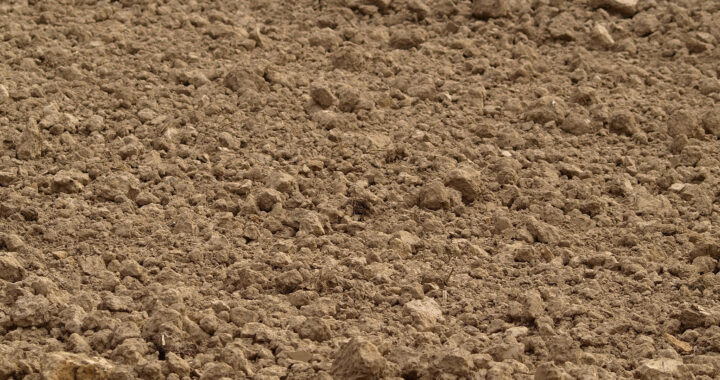Humify, a German startup founded in 2023, is pioneering an innovative approach to soil restoration and climate mitigation. To be specific, through a hydrothermal process, the company transforms agricultural residues into artificial humic substances. These carbon-rich polymers closely resemble natural humus, which forms over centuries in nature, but are produced within hours under controlled heat, water, and pressure conditions.
Closing the Loop With Artificial Humus: German Startup Humify Has Developed a Solution to Restore Soil for Agriculture and as a Carbon Sink
Overview
Humus is the dark-colored organic component of soil formed by the decomposition of plant and animal matter over long periods. It is rich in carbon, retains moisture, binds nutrients in forms plants can absorb, and supports diverse microbial life. These characteristics make it essential for soil fertility, structure, and long-term ecosystem productivity.
Moreover, aside from making soil fertile, humus makes soils effective carbon sinks. Note that these carbon sinks are natural systems that absorb more carbon dioxide than they release. Humus allows soils to absorb and capture carbon dioxide, stabilizing organic carbon, preventing its release, and enhancing long-term carbon storage capacity that can last for centuries.
Remember that natural humus formation is a long process that takes centuries to millennia. Factors like erosion, climate change, and agriculture have degraded humus content in soils faster than it can regenerate. The workaround is to produce and integrate artificial humus to accelerate soil restoration, improve soil fertility, and enhance carbon sequestration.
Approach of Humify
The approach of Humify was based on a method originally developed by Markus Antonietti at the Max Planck Institute of Colloids and Interfaces. His team produced polymers that not only mimic the structure of natural humus but also support growth responses in beneficial soil microorganisms by adjusting chemical parameters during heated water processing.
Artificial humus created through this process serves multiple functions in soil ecosystems. They improve water retention, bind nutrients in plant-available forms, and create an environment for microbial communities. These microorganisms help stabilize carbon, suppress pathogens, and sustain fertility to offer both agricultural and environmental benefits.
It is also worth noting that the hydrothermal humification process is versatile because it accepts a wide range of organic feedstocks. Agricultural by-products, fermentation residues, and even general organic waste can be transformed into artificial humic substances. This adaptability allows the technology to be integrated into diverse agricultural and energy systems.
Field trials have demonstrated the potential of the approach. In China, applications of these humic substances increased crop yields by as much as 20 percent. Company data suggest that adding one ton per hectare may capture up to 50 tons of carbon in the soil during the first year. This provides significant climate mitigation potential alongside productivity gains.
Scaling up production beyond the lab remains a key challenge. Industrial-scale machines are not yet commercially available. Humify company is developing engineering solutions to optimize heat management to ensure that production can grow to thousands of tons annually while maintaining cost-effectiveness and minimizing the environmental footprint of the process.
Takeaways
Humify follows a business model rooted in circular economy principles. The company plans to process biomass residues, such as fermentation by-products from biogas plants, into humus-like material at or near the source. This strategy reduces transport costs, lowers emissions, and returns nutrients and carbon back to local fields in a closed agricultural loop.
The company envisions a future where soil can both be restored and help capture carbon. The fact that the global arable land exceeds more than 2 billion makes the application promising. Hence, if performance claims hold true at scale, the tech could simultaneously feed more people and sequester substantial amounts of atmospheric carbon dioxide.
Independent long-term field studies are still required. Adding to this is proof of economic viability in different agricultural contexts and regulatory approvals. The combination of yield improvement, soil restoration, waste valorization, and carbon capture still positions Humify as a contender in the race to develop climate-positive farming approaches and solutions.
FURTHER READINGS AND REFERENCES
- Humify. n.d. “Humify Humus.” Humify. Available online
- Tang, C., Li, Y., Song, J., Antonietti, M., and Yang, F. 2021. Artificial Humic Substances Improve Microbial Activity for Binding CO2.” iScience. 24(6): 102647. DOI: 1016/j.isci.2021.102647
- Yang, F., Tang, C., and Antonietti, M. 2021. “Natural and Artificial Humic Substances to Manage Minerals, Ions, Water, and Soil Microorganisms.” Chemical Society Reviews. 50(10): 6221-6239. DOI: 1039/d0cs01363c





